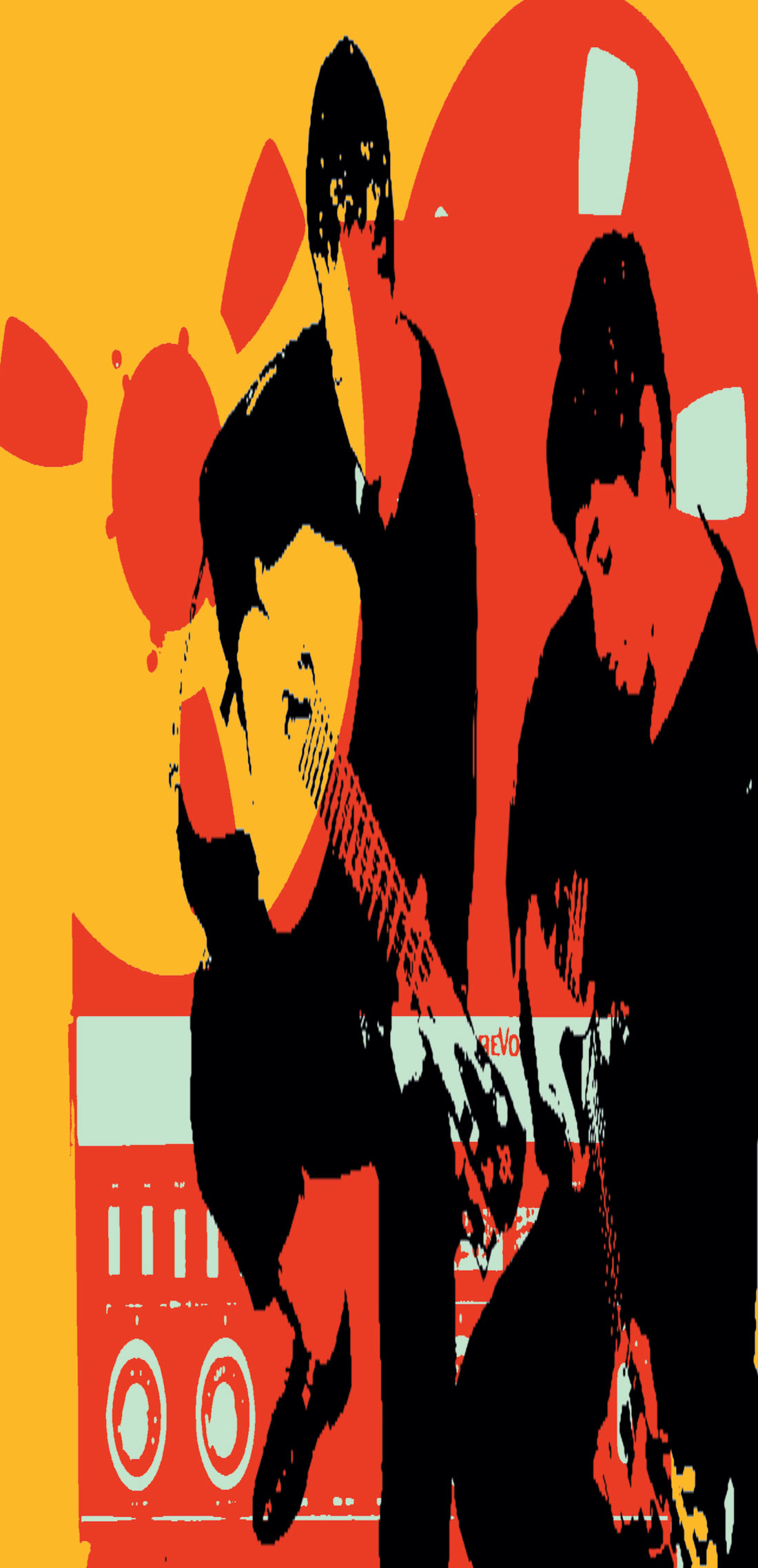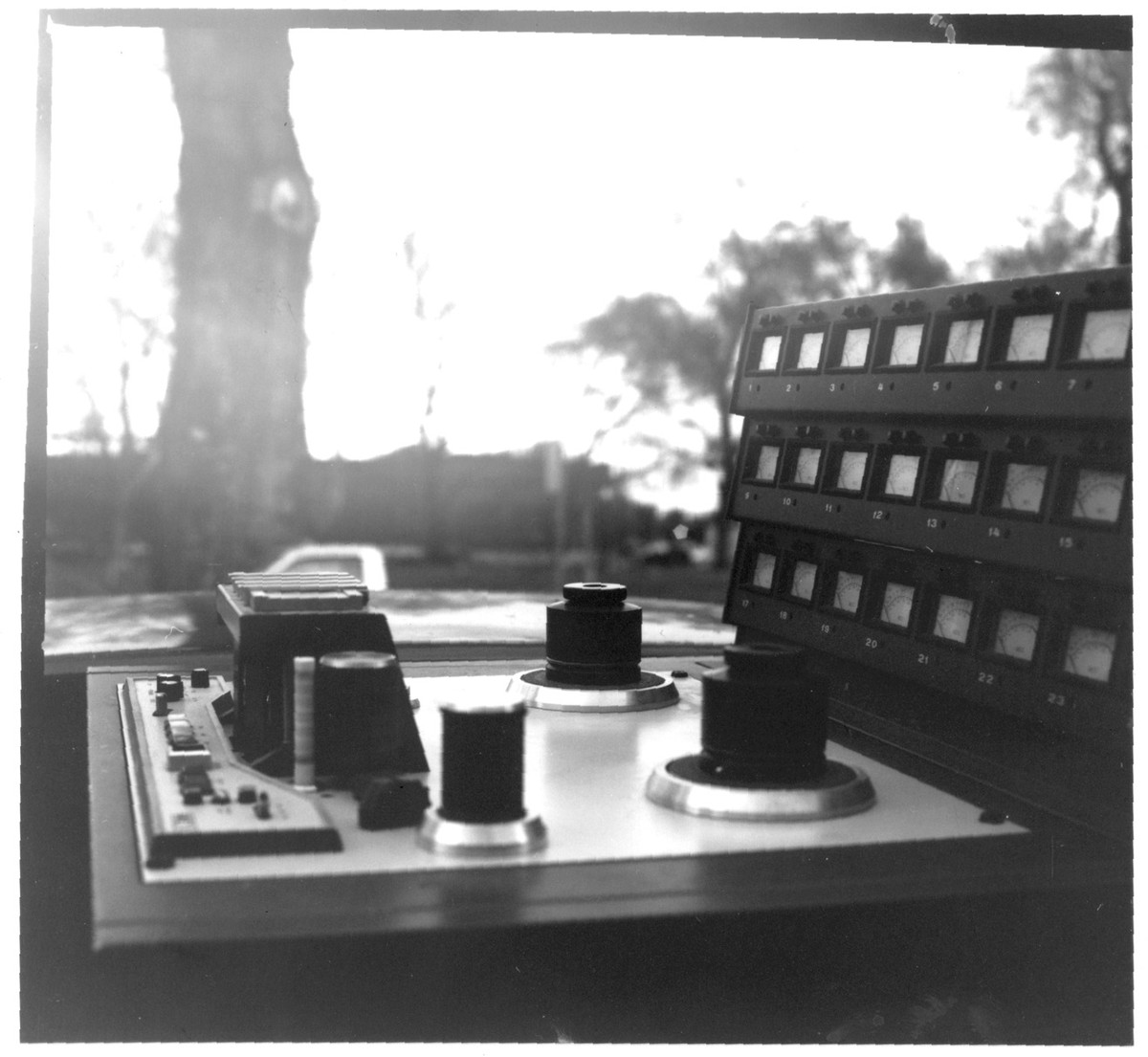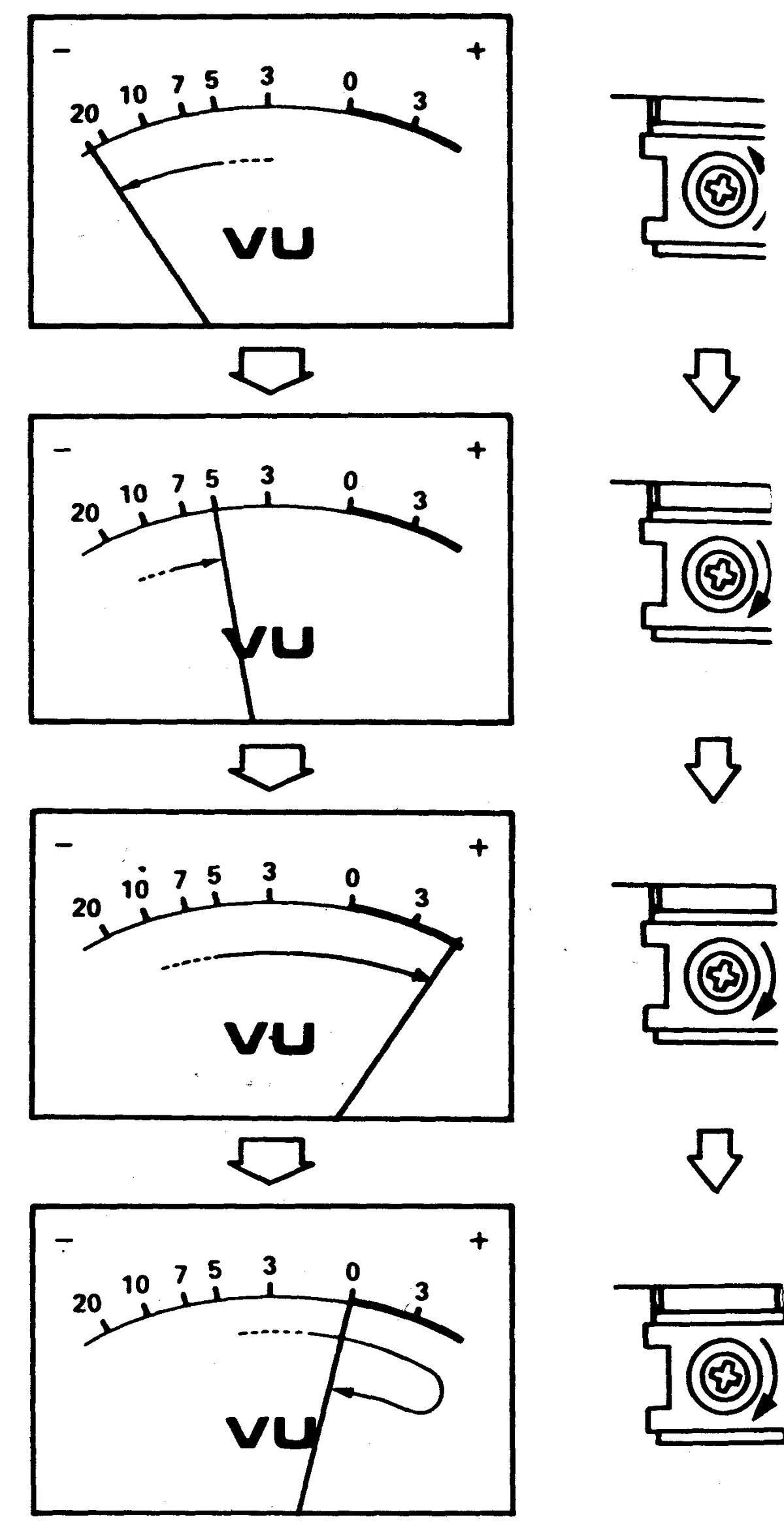When I made the step up from a basement, hobby studio to a professional, full-time studio I bought a MCI JH-16 2" 16-track (beast of a) tape deck. The thing was so big that we had to pull off doors and cut away the door frames to get it into the building. After that, getting it up and running was even more of a challenge. Pulling cards, burnishing relays, applying Caig PreservIT on everything, buying a $500 MRL, replacing dozens of bulbs, buying a 'heavy-duty" de-magnetizer and searching for extra parts were all tasks I hadn't counted on. I hired a technician (the ever-patient Mike Everheart) to align the heads, adjust the transport and brakes, calibrate the electronics and more. Initially I was baffled and overwhelmed by the thing — hell, I even considered buying ADATs at one point! I didn't even learn to do simple calibration for several years, leaving the deck set for Quantegy 456 permanently! Over time I learned more and more about this machine and how to keep it running — especially because when it stopped working I stopped making money. Now I have moved on to other tape decks, which I am fearless about opening up and working on, and Mike hardly ever gets calls from me anymore since I've been performing my own repairs (except on DAT machines, no way...).
Recently I've received quite a few letters from people, and watched my friends also, who are excited about making this "leap" into analog recording. In many ways I salute them — analog recording can be a great tool in the right hands with the right gear, and wonderful records certainly can be (and were) made on tape. But I've also noticed that people don't know what they are getting into, much like the shock I experienced years ago. An analog tape deck needs an owner who will take care of it. One shouldn't expect to just turn it on and get great sounds — most of the time careful calibration is needed to get the best results, along with regular head cleaning, de-magging and tone printing. I've been at people's home studios trying to get the most out of randomly aligned decks with no MRL (the test tone tapes used for setting up the deck) in sight. Battling distortion, tape hiss and unpredictable levels is no way to make a record.
Another factor which leaves me baffled is allegiances to analog decks that simply don't sound that great. 4 and 8- track cassette and 1/4" 8-track were crazy formats that we struggled with in the '80s because we couldn't afford better gear. Granted, in some cases the limitations of these formats creates really cool and interesting textures — and there are many examples where skillful songwriting, arrangement and engineering completely overcome the sonic limitations. But in general these aren't the same people who rave about "analog" being great — they're simply using the only tools at their disposal.
If you see "analog" as a necessary step in your recordings be aware of what it is. It's not just like using a tangible "plug-in" that will make your recordings sound better. Without knowledge and preparation it can make recording a less rewarding experience than using the most inexpensive digital systems. Put the time and money aside to learn about biasing, transport adjustment, buying an MRL and all the other details. If you're going to use this medium use it for what it really provides — tape "compression", non-crashable recording, no digital "overs", zero latency, extended bandwidth and that classic "warmth" (a word which I wish didn't exist in audio). Don't "go analog" out of some vague principles that you aren't even taking advantage of due to a lack of knowledge.



